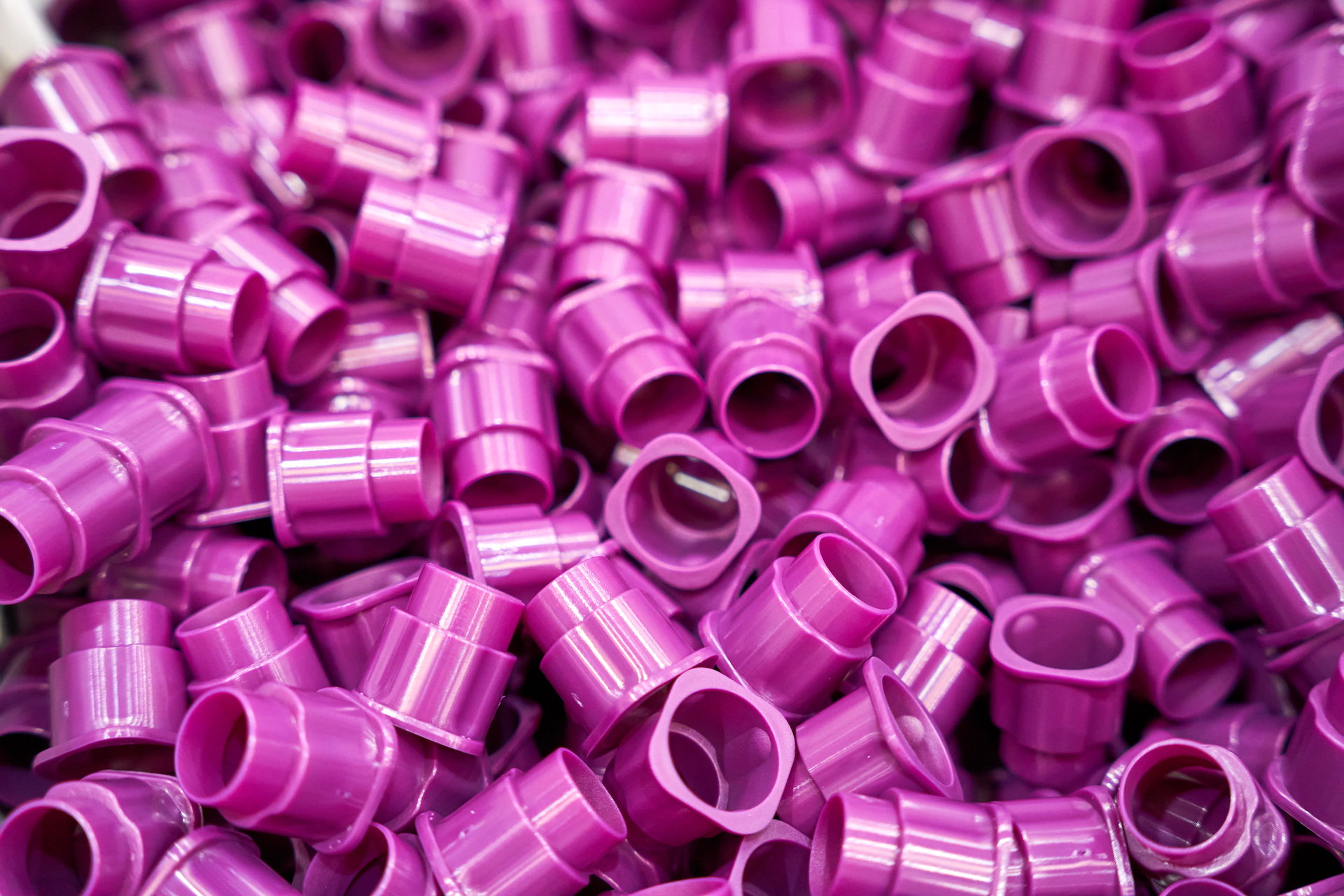You may be asking yourself how many types of plastic there exist nowadays, and how you can distinguish all of them. In this article we are going to try to help you on how to easily identify all of them. In this way, it would be much easier for you to understand how to recycle any product you may have as a belonging.
The plastic is made of many different kinds of substances, and all of them have been specified in 7 different categories, for easier identification. Each category is found inside a triangle made of arrows, that you will find at the bottom of every plastic product.
Actually, there are more than 7 categories to identify all of the plastic types, but these 7 are the most important, plus the most common ones. We will explain each one now.
The 7 different types of plastics materials and their recycled
We are going to introduce ourselves a bit deeper, into the world of plastic. Here we offer a general explanation of the 7 categories and where we will find all of them, a part of a sort explanation of the recycling process of each one:
1. PET
Also known as polyethylene terephthalate-polyester. It is a 100% recyclable material and the process to recycle is very easy. We recommend recycling the products made by this material, due to the product could last for 1000 years in decomposition in nature.
It is used for beverage bottles and textiles, in majority.
Between the characteristics of this material, we can find its high resistance, even to fire, the fact that it is not toxic and its impermeability.
2. HDPE
This acronym may not say anything to you, but it refers to a high density polyethylene. From all the categories, this is the one with the best qualities for recycling, just because it is the safest one.
We can include in this type of plastic, the hard packaging, as for example, the containers that keep inside cleaning products or oils. The reason for this use, is due to this material can perdure intact during very high temperatures and will never be damaged by any kind of chemical substances.
It is also impermeable and not toxic.
3. PVC
We are arriving at the polyvinyl chloride. This is a difficult material for recycling, but this does not mean we can not offer a second life to the products made of this material. This second life given, can be found in tubes.
PVC is the most known one, owing to the fact that you can find this material all over your home. This means, our windows, pipes, wires… are made of this material. We can also include the toys in this category.
Regarding the big amount of characteristics that this material can offer, such as being flame retardant, impermeable, and unbreakable, it can last forever outdoors… Is our best friend to protect us at home.
4. LDPE
Same as we have high density polyethylene, we also have LDPE, which is the same material but with the difference of being a material of low density instead of a high density.
This plastic has to be recycled too. The reason for this is the 150 years that the products made of this material could last on our planet.
The second life for this material would be used to create the exactly same type of products. So, which ones are these kinds of products? Basically, we will find the LDPE in any soft and transparent materials. We are talking about film, plastic bags, plastic bubbles…
It is a very cheap product, same as flexible.
5. PP
Polypropylene is just a perfect material for recycling, please, do not forget to throw it into the designated container for the purpose. We are sure the planet will be very grateful.
It is a very important part of many of the products that we are used to using every single day, such as nappies, bottle caps, tuppers, straws… and many more.
This material will succeed against high temperatures. It will not be damaged until the point of reaching 135 temperature degrees.
6. PS
Number six on this list will be the polystyrene. This one is also a difficult one for recycling, but it does not mean that the procedure will be impossible. In other words, we will have to try to recycle it, anyways.
It is used mainly for food related products. We can find in this category the take away boxes, any kind of tray for food in supermarkets, take away cups…
This is a non toxic material, impermeable and an unbroken one.
7. Otros
We arrived at the last one, but never least. This one is the category of the mixed plastics found in a specific product. As the products are a mix of many different types of plastic, it will make the process of recycling more complicated.
What we can find here will be some pieces for cars, CD, DVDs, feeding bottles… The best quality for this plastic is its high standards of resistance for corrosion.
¿What can I do with my plastic products?
As you can see even the most complicated materials can be recycled and can have a decent next life in our world. We highly recommend recycling all of the plastic materials that could be found on a daily basis. Also, it would be very nice to have a responsible use of any of them.
If you can not offer these products a second useful life at your place, please leave them inside the destined container, in order to be studied and reused again with a recycled process.
The plastic container can be found in most of the houses, and has to be taken outside the night before the collecting service. If you do not have a plastic container at home, you can either buy one, or request it from the government.



